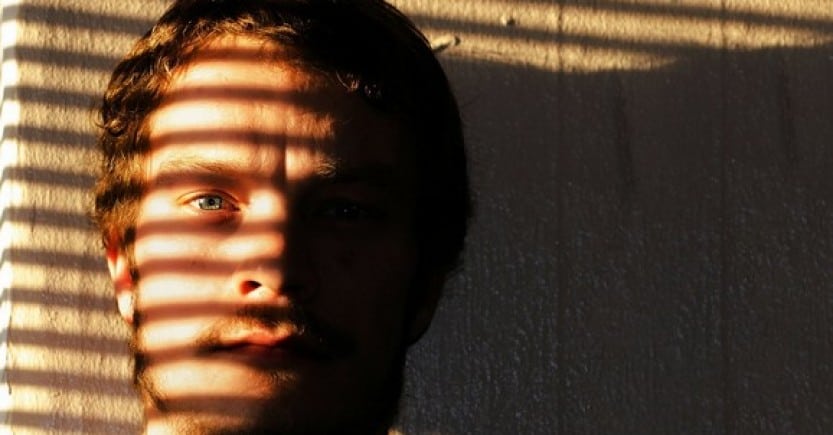Different Types of Depression
When are sad feelings something to be concerned about? Is biopolar disorder a type of depression or something different?
Depression is so common these days that we tend to use the term loosely. But when sad feelings become intense and interfere with daily functioning, it is cause for concern. The National Institutes of Health defines several types of depression including major depression, dysthymia, minor depression and bipolar disorder, among others.
1 Major depression is manifested by a combination of symptoms that interfere with the ability to work, study, sleep, eat, and enjoy once pleasurable activities. Such a disabling episode of depression may occur only once but more commonly occurs several times in a lifetime.
2 A less severe type of depression, dysthymia, involves long-term, chronic symptoms that do not disable, but keep one from functioning well or from feeling good. Many people with dysthymia also experience major depressive episodes at some time in their lives.
3 Another type of depression is bipolar disorder, also called manic-depressive illness. Not nearly as prevalent as other forms of depressive disorders, bipolar disorder is characterized by cycling mood changes: severe highs (mania) and lows (depression). Sometimes the mood switches are dramatic and rapid, but most often they are gradual. When in the depressed cycle, an individual can have any or all of the symptoms of a depressive disorder. When in the manic cycle, the individual may be overactive, over-talkative, and have a great deal of energy. Mania often affects thinking, judgment, and social behavior in ways that cause serious problems and embarrassment. For example, the individual in a manic phase may feel elated, full of grand schemes that might range from unwise business decisions to romantic sprees. Mania, left untreated, may worsen to a psychotic state.
4 Minor depression is characterized by having symptoms for 2 weeks or longer that do not meet full criteria for major depression. Without treatment, people with minor depression are at high risk for developing major depressive disorder.
Some forms of depression are slightly different, or they may develop under unique circumstances. However, not everyone agrees on how to characterize and define these forms of depression. They include:
- Psychotic depression, which occurs when a person has severe depression plus some form of psychosis, such as having disturbing false beliefs or a break with reality (delusions), or hearing or seeing upsetting things that others cannot hear or see (hallucinations).
- Postpartum depression, which is much more serious than the “baby blues” that many women experience after giving birth, when hormonal and physical changes and the new responsibility of caring for a newborn can be overwhelming. It is estimated that 10 to 15 percent of women experience postpartum depression after giving birth.1
- Seasonal affective disorder (SAD), which is characterized by the onset of depression during the winter months, when there is less natural sunlight. The depression generally lifts during spring and summer. SAD may be effectively treated with light therapy, but nearly half of those with SAD do not get better with light therapy alone. Antidepressant medication and psychotherapy can reduce SAD symptoms, either alone or in combination with light therapy.2
ACN Latitudes encourages the use of natural therapies for depression. If doing so, it is important to consult an integrative practitioner who is well acquainted with treating the disorder. Depression should not be ignored, and in some cases drug therapy may be needed.









